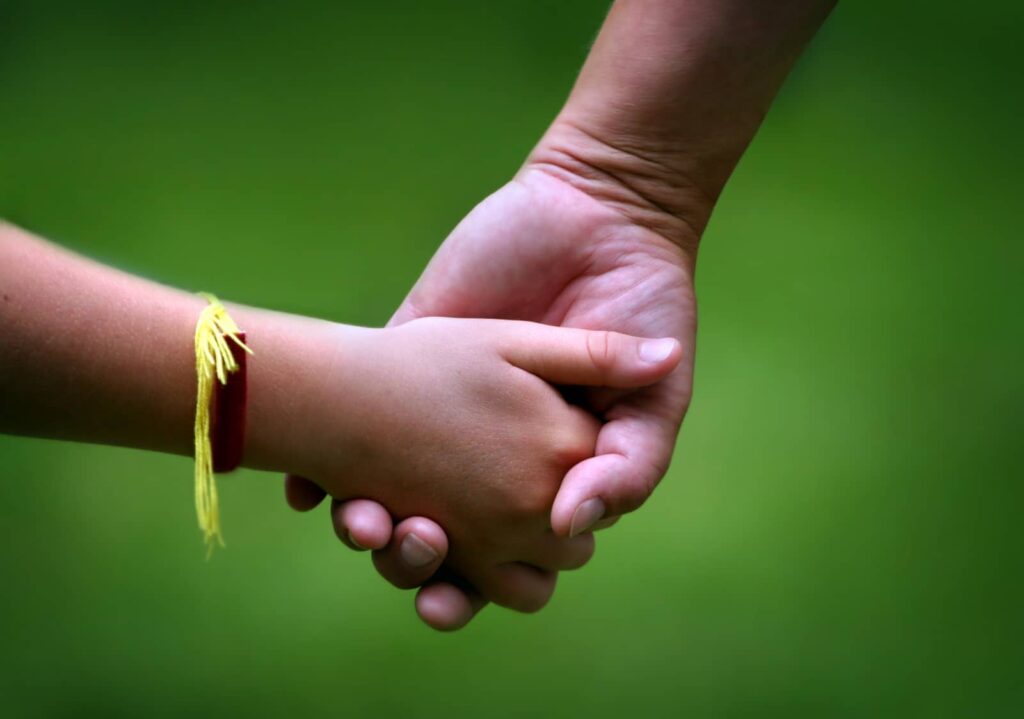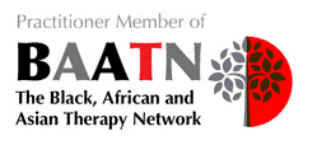Dyadic Developmental Psychotherapy (DDP)
Dyadic developmental psychotherapy (DDP) is an attachment‐focused family therapy.
It is based on principles of attachment and intersubjectivity that are designed to enable traumatised children to trust their therapist and caregiver in order to turn to them for comfort and support.
As a DDP practitioner using dyadic developmental principles, I strive to maintain an open and engaged therapeutic stance to assist the traumatised child to experience safety and reduce their defensive stance toward new relationships.
Origins and use
Based on research into attachment, intersubjectivity, interpersonal neurobiology and trauma, DDP focuses on the child’s need for psychological safety with positive intersubjective experiences if they are to reduce the impact of past relational trauma and increase the impact of their relationships with the important people in their current life.
Origins
Originally developed by Dan Hughes as a therapeutic intervention for families who were fostering or had adopted children with significant developmental trauma and insecure attachments.
Evolution
DDP has evolved into a broader practice using principles that extend the theoretical framework beyond the therapy sessions and into the systemic becoming part of the family value system.
PACE principles
As a DDP practitioner I draw on the fundamental playfulness, acceptance, curiosity and empathy (PACE) principles when working with children, parents/guardians and carers.
Two phases
Caregivers alone
The therapist sees the caregivers alone to ensure that they have the motivation and ability to relate with the child in ways that facilitate attachment security.
This stage includes a description of the process of the treatment and the caregivers’ central role in the co‐regulation of emotional states, reducing the impact of the trauma on the child, assisting the child in turning to them for comfort and safety, and assisting in the development of new meanings of the trauma itself and its effect on the child’s future.
Joint sessions
During the joint sessions, the therapist, utilising an intersubjective stance, actively facilitates a dialogue between therapist, child, and caregiver that incorporates the goals mentioned above and, within an open‐and‐engaged conversational tone, helps the child to develop a coherent autobiographical narrative that is not fragmented by terror and shame.
PACE
PACE is a way of thinking, feeling, communicating and behaving that aims to make the child feel safe. It is based on how parents connect with their very young infants. As with young toddlers, with safety the child can begin to explore.
The therapeutic attitude of PACE facilitates the open and engaged, intersubjective, therapeutic stance.
Playfulness
Creating an atmosphere of lightness and interest when you communicate.
Acceptance
Unconditional acceptance is at the core of the child’s sense of safety.
Curiosity
Curiosity involves a quiet, accepting tone that conveys a simple desire to understand the child.
Empathy
Actively showing the child that their inner life is important to the adult and they want to be with the child in her hard times.
Benefits
Conversations
DDP facilitates the development of healing and integrative conversations with children that explore all aspects of their past and current lives.
Safety
DDP facilitates safety through the co‐regulation of affect and then addresses events characterised by fear and shame through the co‐creation of new meanings of those events.
Comfort and joy
DDP develops the capacity of abused and neglected children to experience comfort and joy with their caregivers.









